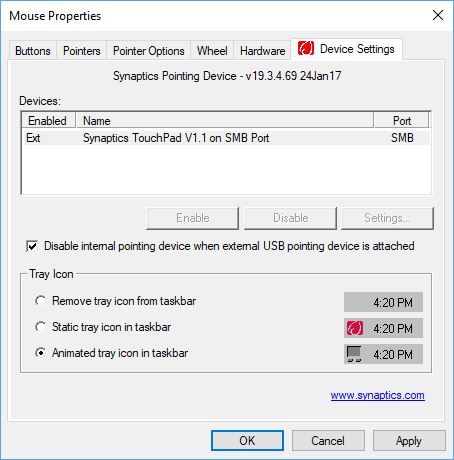
Xxx xxx xxx USB2 Enhanced Host Controller - 293A For example, UsbView displays this output for an EHCI host controller that supports debugging on port 1.

Look for an indication that a host controller supports debugging, and look for the number of the debug port.

In UsbView, expand the nodes of the EHCI host controllers. For example, you could look for controllers that are listed as Enhanced. In UsbView, locate all of the host controllers that are compatible with the EHCI specification. The UsbView tool is included in Debugging Tools for Windows. On the target computer, launch the UsbView tool. On the target computer, an EHCI (USB 2.0) host controller that supports debugging On the host computer, an EHCI (USB 2.0) host controller You can find these cables with an Internet search for the term USB 2.0 debug cable. This cable is not a standard USB 2.0 cable because it has an extra hardware component that makes it compatible with the USB2 Debug Device Functional Specification. The computer that runs the debugger is called the host computer, and the computer being debugged is called the target computer.ĭebugging over a USB 2.0 cable requires the following hardware:Ī USB 2.0 debug cable. This topic describes how to set up USB 2.0 debugging manually. Install Windows 7 and re-enable USB 3.0 functionality after installation.Debugging Tools for Windows supports kernel debugging over a USB 2.0 cable. When prompted select yes by moving the key and press enter.Ĩ. This will disable USB 3.0 functionality on your 4 ports allowing you to boot Windows 7 from a USB stick.Ħ. Press the key until you get USB Debug and press. Press the key and then the key to select the Advanced tab.Ĥ. Press the key until you get Miscellaneous devices and press. Systems released in 2016 or later do not have this functionality and the installation media must be updated for installation to proceed.

Systems shipped from 2012-2015 had the ability to disable USB 3.0 in UEFI BIOS reverting all the ports to USB 2.0 ports which 2011 Windows 7 Installation Media can recognise.

This setting is not required if your installation media is updated. For non-Intel hardware follow the additional notes here. Alternatively one can use the following Slipstream Script to Update their Installation Media. It is recommended to use 2016 Dell Windows 7 Skylake Reinstallation Media which has been updated to include USB 3.0 Drivers and Storage Controllers for up to 6th Generation Intel Skylake Hardware. USB 3.0 devices became mainstream in about 2012 and now in 2015 many systems ship with exclusively USB 3.0 ports. 2011 Windows 7 Installation Media does not contain USB 3.0 Drivers and if USB 3.0 ports are used for the Bootable USB of Windows 7 with SATA drivers USB, the keyboard or the mouse (no other USB devices should be attached for installation) the installation will crash/freeze as Windows 7 simply does not know how to handle this hardware.


 0 kommentar(er)
0 kommentar(er)
